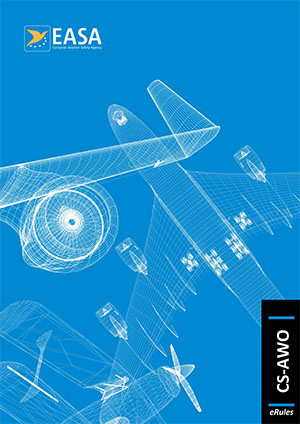ED Decision 2022/007/R
Latency or system lag shall not be discernible to the pilot, and shall not affect control performance nor increase pilot workload.
The latency period induced by the display system for alerts shall not be excessive, and shall take into account the category of the alert and the required crew response time.
The dynamic response of the display shall be sufficient to discern and read the displayed information without presenting misleading, distracting, or confusing information.
[Issue: CS-AWO/2]
ED Decision 2022/007/R
The jitter amplitude of the displayed SVGS image shall be less than 0.6 milliradian (mrad).
[Issue: CS-AWO/2]
ED Decision 2022/007/R
The SVGS display refresh rate shall preclude both the appearance of unacceptable flicker (brightness variations at a frequency above 0.25 Hz) and any flicker effects that result in misleading information or difficulty in reading or interpreting the information under the full range of ambient environments up to the maximum ambient illumination level.
[Issue: CS-AWO/2]
CS AWO.A.SVGS.119 Image artefacts
ED Decision 2022/007/R
Undesirable display artefacts and characteristics shall be minimised so that the information is still readable and identifiable under all foreseeable conditions, is not distracting, and does not lead to misinterpretation of data.
Line widths shall be of sufficient size and optimal sharpness to display the intended information with no distracting visual artefacts or ambiguities that could result in the information being unreadable, distracting or misleading.
[Issue: CS-AWO/2]
CS AWO.A.SVGS.120 HUD (or equivalent display) processing error
ED Decision 2022/007/R
The generation of the SVGS depiction shall not result in a scene display error greater than 5 mrad at the centre of the display, independent of sensor inputs.
[Issue: CS-AWO/2]
CS AWO.A.SVGS.121 SVGS scene depiction alignment
ED Decision 2022/007/R
There shall be no discernible image misalignment caused by lateral, vertical, or longitudinal offset of the computed SVGS reference point from the design eye position.
[Issue: CS-AWO/2]
